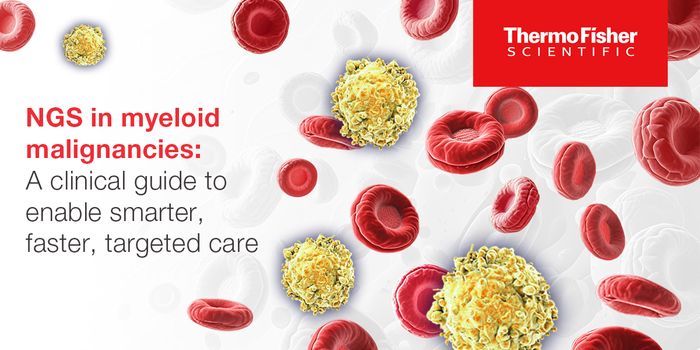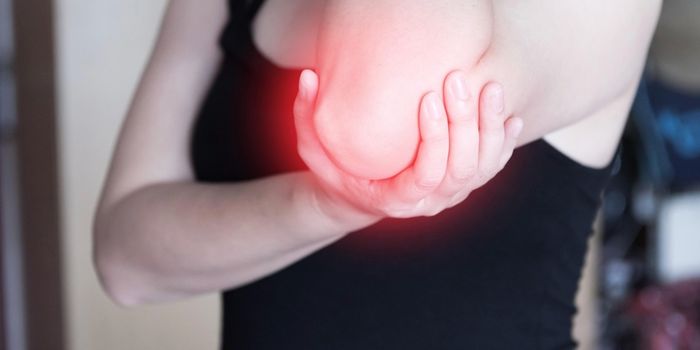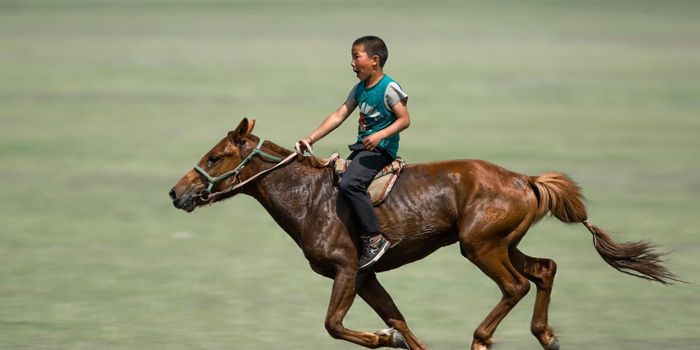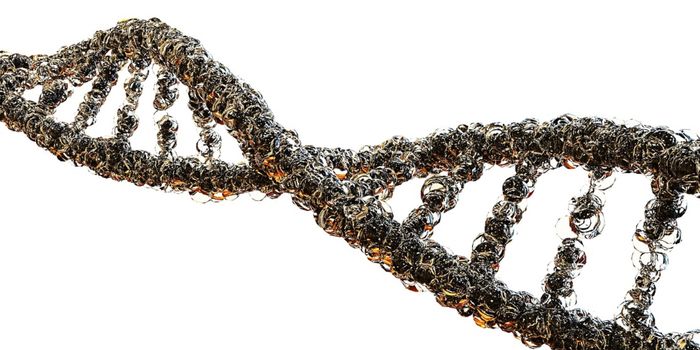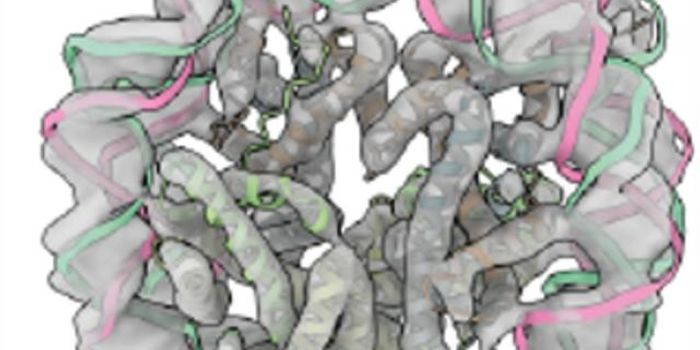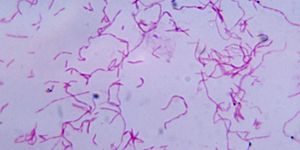Identical Twins Aren't Exactly the Same
Identical, or monozygotic twins develop from one egg that splits into two, so the two embryos that develop independently from that split egg have the same genome. But recent work reported in Nature Genetics has shown that very early on in development, but after the egg splits in two, mutations can arise that give identical twins slightly different genomes.
Twins have been powerful subjects for research into genetic conditions. When identical twins are raised apart, if they both end up with the same characteristic or condition, then that characteristic or condition is assumed to have a genetic cause. But if some characteristic or condition arises in one twin but not the other, then it’s thought to be the result of environmental influences. Autism, for example, is a disorder that can often occur in one twin but not the other, suggesting that the neurodevelopmental condition has a lot to do with environmental influences.
This new research suggests, however, that since some twins carry mutations not found in the other twin, and these mutations can occur very early on, the assumption about environmental versus genetic influences won’t always be true in twin studies, study co-author Dr. Kari Stefansson told The Guardian.
This study was conducted by deCODE genetics of Iceland, which is sequencing the genomes of Icelanders and making huge contributions to human genetic research. The research analyzed the whole genome sequences of 387 pairs of identical twins as well as their parents, spouses, and children.
The researchers identified the mutations that arose in individuals during embryonic development and determined that so-called identical twins actually differ by an average of 5.2 early developmental mutations. The number of divergent mutations was even higher in around 15 percent of twins.
Mutations in early development happen in cells that eventually give rise to a whole organism, so these mutations are likely to be present in both the cells of the individual as well as their offspring. Some mutations found in this study were indeed present in the whole body of one twin, but not in the other.
“One of the twins is made out of the descendants of the cell where the mutation took place and nothing else,” and the other twin developed from cells without the mutation, said Stefansson. “These mutations are interesting because they allow you to begin to explore the way in which twinning happens.”
Now that we know more about twins, it might be good to rethink how they are termed.
“I am more inclined to call them monozygotic twins today than identical,” Stefansson added.
Sources: Science, The Guardian, Nature Genetics


